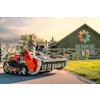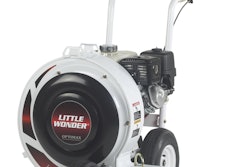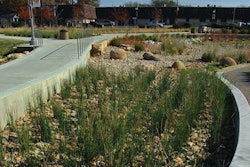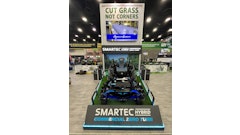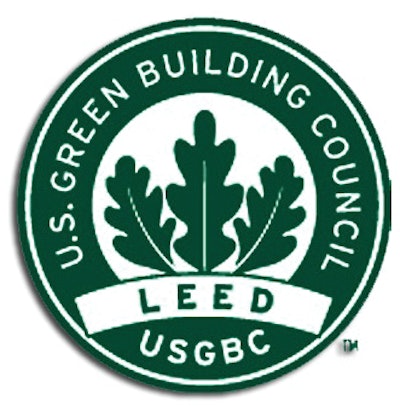
LEED, or Leadership in Energy and Environmental Design, is redefining the way we think about the places where we live, work and learn. As an internationally recognized mark of excellence, LEED provides building owners and operators with a framework for identifying and implementing practical and measurable green building design, construction, operations and maintenance solutions.
With nearly 9 billion square feet of building space participating in the suite of rating systems and 1.6 million feet certifying per day around the world, LEED is transforming the way built environments are designed, constructed, and operated—from individual buildings and homes, to entire neighborhoods and communities. Comprehensive and flexible, LEED works throughout a building's life cycle.
LEED certification provides independent, third-party verification that a building, home or community was designed and built using strategies aimed at achieving high performance in key areas of human and environmental health: sustainable site development, water savings, energy efficiency, materials selection and indoor environmental quality.
Developed by the U.S. Green Building Council (USGBC) in 2000, the LEED rating systems are developed through an open, consensus-based process led by LEED committees. The next update of the LEED rating system, coined LEED 2012, is the next step in the continuous improvement process and on-going development cycle of LEED.
What LEED measures. LEED promotes a whole-building approach to sustainability by recognizing performance in key areas:
- Sustainable sites
- Water efficiency
- Energy and atmosphere
- Materials and resources
- Indoor environmental quality
- Locations and linkages
- Awareness and education
- Innovation in design
- Regional priority
How to get started. Visit the Green Building Certification Institute to learn more about registering a project with LEED and the certification process. Already familiar with the project application and certification process? Go to LEED Online to register your project.
You can also take the necessary steps to become an expert. LEED professional credentials distinguish building professionals with the knowledge and skills to successfully steward the LEED certification process. LEED APs and LEED Green Associates have demonstrated a thorough understanding of green building practices and principles and the LEED rating systems. Learn about LEED professional credentials.

